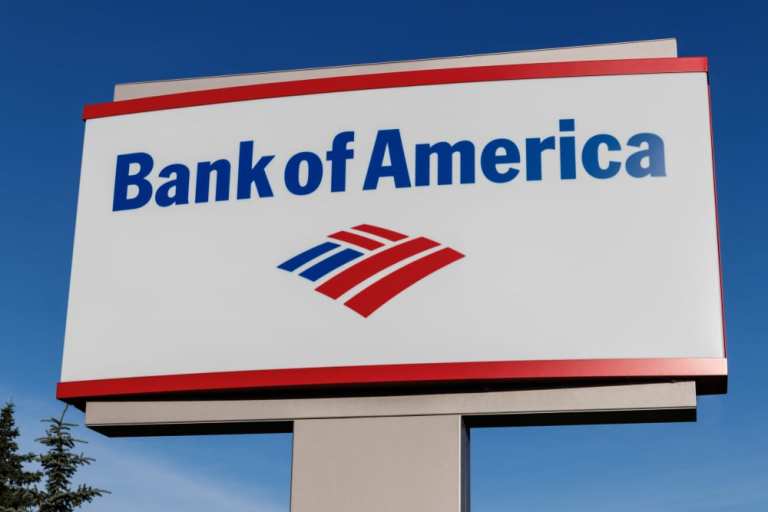
Bank of America (BofA) said on Wednesday (Oct. 14) that it is seeing a full restoration of customer spending, along with declines in delinquencies on credit cards, car loans and mortgages, even as the pandemic rages on.
“Year to date, across $2.3 trillion in spending at Bank of America, customers have spent more than they did last year,” CEO Brian Moynihan told investors and analysts on a conference call following the company’s 3Q earnings release. “What we are seeing as we turn into October is that spending by our consumers is still solid and about 10 percent ahead of last year.”
Moynihan said America’s second-largest bank sees consumer and commercial demand continue to improve, alongside a U.S. economy that has recovered 97 percent of its previous gross domestic product size.
Loan Delinquencies Stabilizing
On the loan front, Moynihan said that demand “looked to have troughed in September,” as reflected by the stability of balances and customer deposits.
BofA said that of its $4.5 billion in non-performing loans, the commercial side was “basically flat last quarter,” while consumer non-performing loans only rose by about $200 million. Together, Moynihan said, the bank’s overall balance of nonperforming loans “remained at a modest 48 basis points” – less than 0.5 percent of the entire portfolio.
Moynihan also said card and mortgage delinquencies declined year over year during Q3, in both dollar amounts and as a percentage of the total portfolio. He added that BofA doesn’t expect to see a meaningful increase in net charge-offs for several months.
Chief Financial Officer Paul Donofrio said that since charge-offs don’t occur without bankruptcy or until they’re 180 days past due, it’s unlikely that BofA will see much of an increase until mid-2021.
“Credit card deferrals have declined from more than $7 billion at the end of Q2 to around $400 million now, and more than 80 percent of the accounts with deferrals that have expired have made their first payment,” D’Onofrio said.
Credit Card Spending Rebounding
BofA also pointed out that while credit card spending and cash volumes declined materially during 2020’s first half, which drove balances lower, that also rebounded in Q3. However, the bank said certain spending categories, like travel and entertainment, still “remain significantly below pre-pandemic levels.”
“We remain optimistic that the larger loan declines of the past couple of quarters are behind us, absent a resurgence in COVID cases further impacting the economy,” Donofrio said.
More Digital Engagement and Slower Growth in Loan-Loss Provisions
BofA also said it saw “depth of penetration and digital engagement across the whole consumer business and our wealth management business” last quarter. For example, the bank’s consumer business saw 2.3 billion digital log-ins during the period.
All told, Bank of America reported Q3 net income of $4.9 billion (51 cents per share). That’s down from $5.8 billion (56 cents per share) a year earlier, but up from $3.5 billion (37 cents) in Q2 during the pandemic’s depth.
The bank attributed the sequential earnings improvement to lower loan-provision expenses, saying that it added $1.4 billion to reserves for credit losses in Q3 compared to $5.1 billion in Q2.